Table of contents
- Introduction: When to Prune Roses in the UK
- Why Prune Roses?
- When to Prune Roses in the UK (Seasonal Guide)
- When Is It Too Late to Prune Roses?
- When to Prune Climbing Roses in the UK
- When to Hard Prune Roses and Why It Matters
- How to Cut Back Roses Safely
- How to Prune Roses (Step-by-Step)
- After Pruning Roses: Mulching Tips
- Rose Fertiliser Tips
- Frequently Asked Questions
- Conclusion
Introduction: When to Prune Roses in the UK
Want your rose bushes to bloom big and healthy each summer? It all starts with good timing. In the UK, the best time to prune most roses is late winter, from January to early March, just before new growth kicks in. This is the sweet spot — prune now and you’ll help the plant grow stronger, flower better, and stay in good shape overall.
Whether you’re working with bush roses, climbing roses, or a neglected shrub rose that needs a serious refresh, this guide will walk you through the essentials. We’ll cover the ideal time to prune roses, the best tools for the job, how to cut roses back step-by-step, and what to do afterwards to help them thrive.
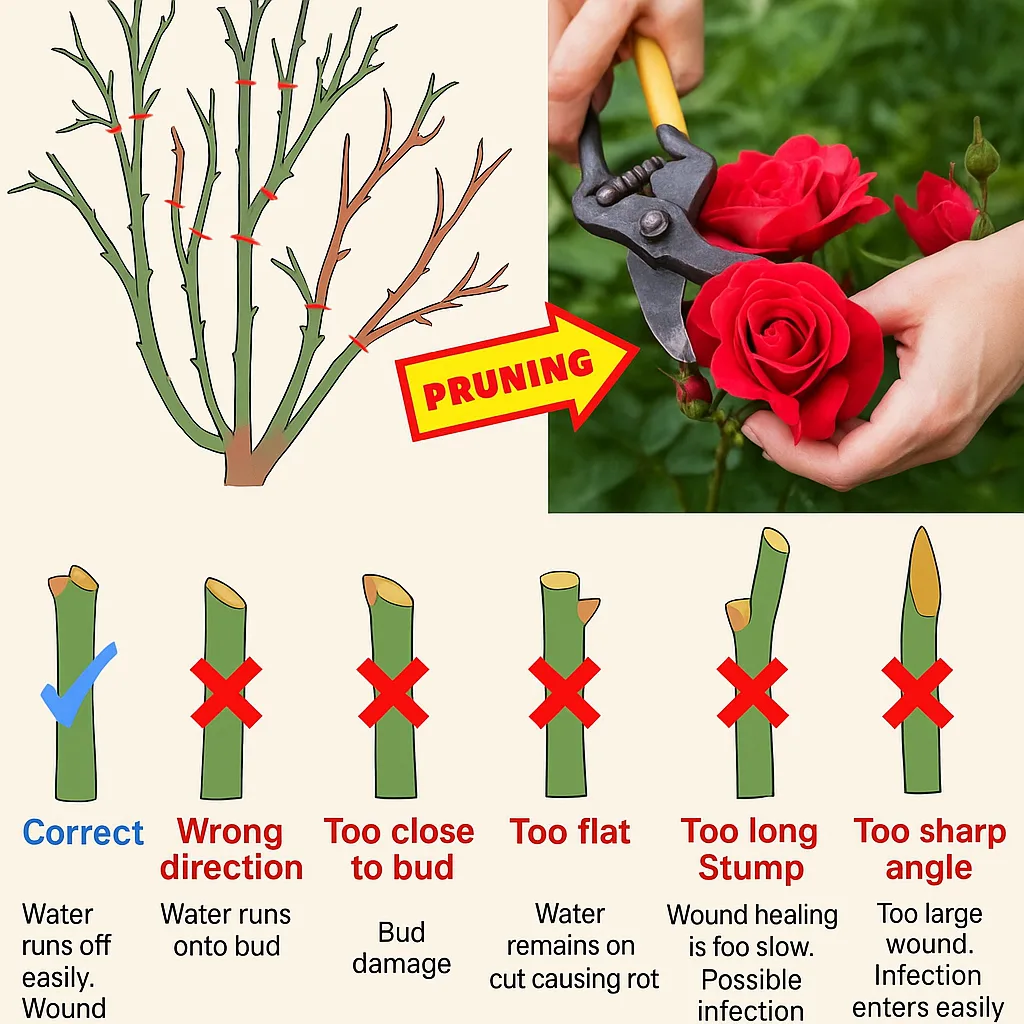
Here’s what you’ll learn
- When it’s too late to prune roses (and what to do instead)
- How to prune climbing roses properly in the UK
- When and how to hard prune roses for better blooms
By the end, you’ll know exactly how and when to prune roses in the UK — and your garden will look all the better for it.
If you’re wondering when to cut back roses or how to care for roses after pruning, you’re in the right place.
Why Prune Roses?
Pruning roses isn’t just about keeping them tidy — it’s a crucial part of rose care that keeps your plants healthy, productive, and packed with blooms. When done right (and at the right time), pruning helps shape your roses, improve flowering, and prevent disease.
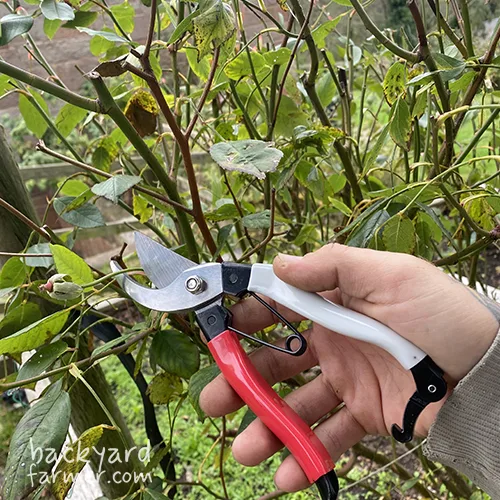
1. Encourage Healthy Growth
By cutting back weak, old, or dead stems, you encourage your rose bush to push out fresh, vigorous shoots. This leads to a bushier shape and loads more flower buds when summer rolls around.
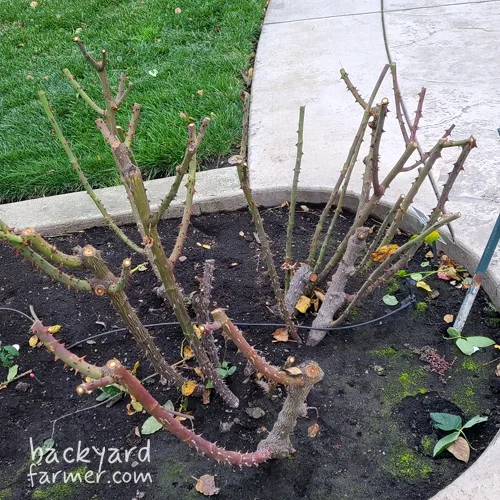
2. Improve Airflow and Light
Roses thrive with good airflow. Thinning out the centre of your rose plant allows light and air to circulate freely. This helps prevent common problems like black spot, mildew, and rust.

3. Boost Rose Blooms
When you remove stems that aren’t pulling their weight, your rose plant can focus its energy on producing bigger, healthier, and more vibrant flowers. That means better blooms — and more of them.

4. Maintain Shape and Structure
Regular pruning helps shape your rose bush into a strong, open framework — usually a vase or goblet shape. This keeps things tidy and reduces issues like rubbing stems or overcrowding.
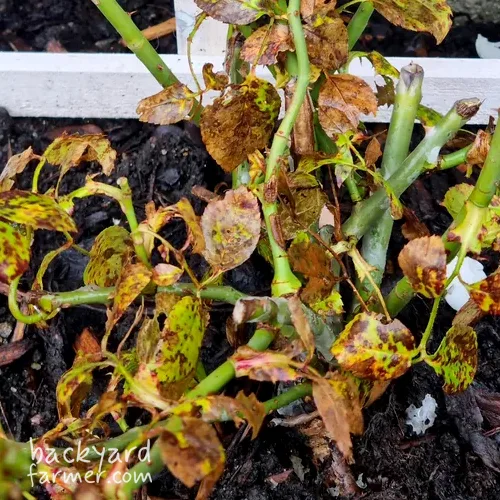
5. Remove Damage and Disease
Dead, damaged, or diseased wood doesn’t just look untidy — it can attract pests and spread infections. Pruning these areas gives your rose a clean start and supports better long-term health.
Think of pruning roses as a seasonal reset — clearing out the clutter and giving your rose plant the best chance to thrive all season long. Whether you’re aiming to boost blooms, reduce disease, or simply tidy up, proper pruning is a vital part of any UK gardener’s rose care routine.
What Tools Do You Need to Prune Roses?
You don’t need a shed full of gear to prune roses — just a few essential tools and a bit of know-how. The trick is to use sharp, clean equipment that helps you make precise cuts while protecting both you and the plant.
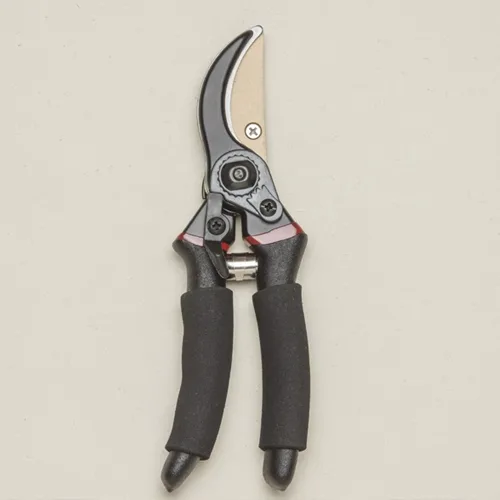
1. Sharp Secateurs
These are your go-to for most rose pruning jobs. Choose bypass secateurs, not anvil types — they make cleaner cuts that are kinder to your rose stems and reduce damage.
Recommended: Japeto Secateurs — dependable, sharp, and built to last. Perfect for rose pruning jobs big or small. 10% with the code BACKYARD10
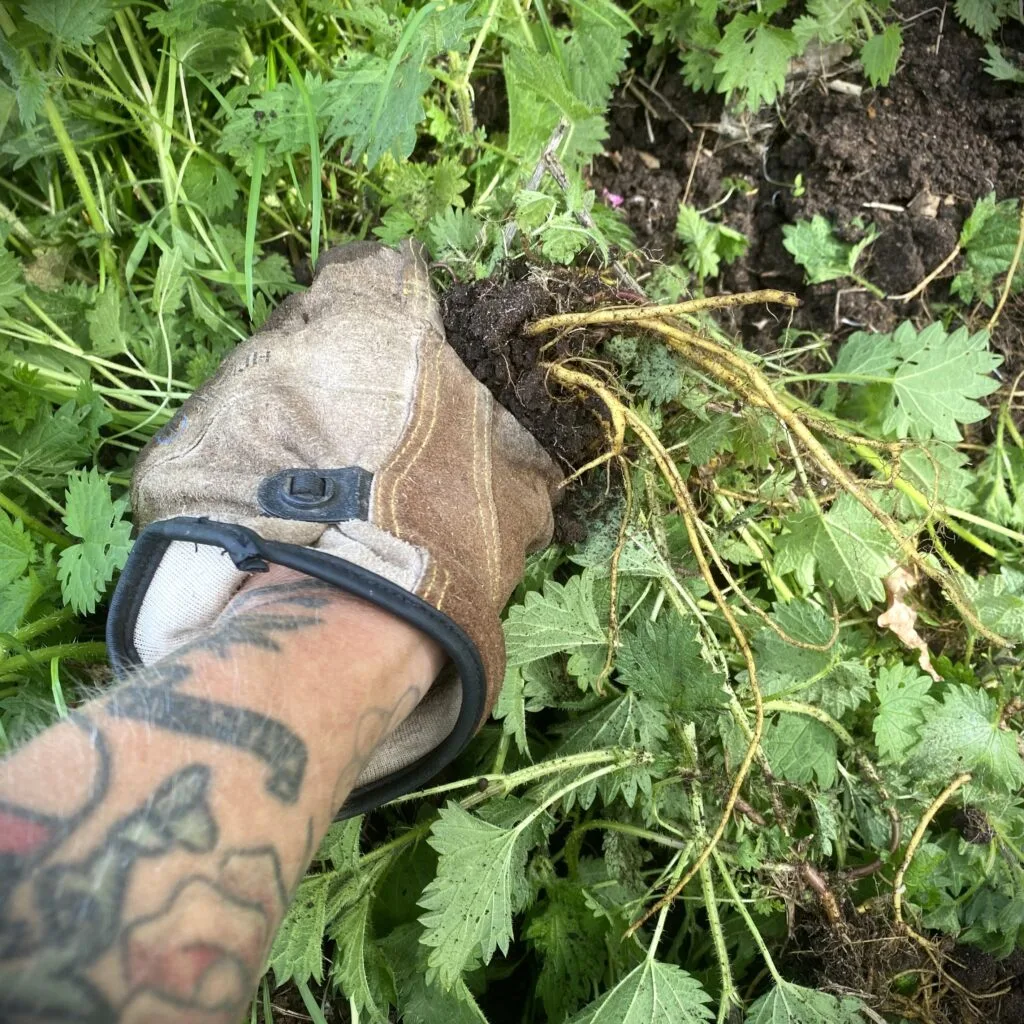
2. Thornproof Gardening Gloves
Roses mean business when it comes to thorns. A good pair of gloves will protect your hands from scratches and stings while still giving you the dexterity to prune with confidence.
Recommended: Leather Gardening Gloves — thick enough for protection, breathable enough for long pruning sessions.

3. Pruning Saw (Optional but Handy)
If you’re dealing with thick or woody stems on mature rose bushes, a folding pruning saw can be a real wrist-saver. It cuts through tough growth where secateurs won’t.
Recommended: Japeto Folding Pruning Saw — compact, strong, and folds away neatly when not in use. 10% with the code BACKYARD10
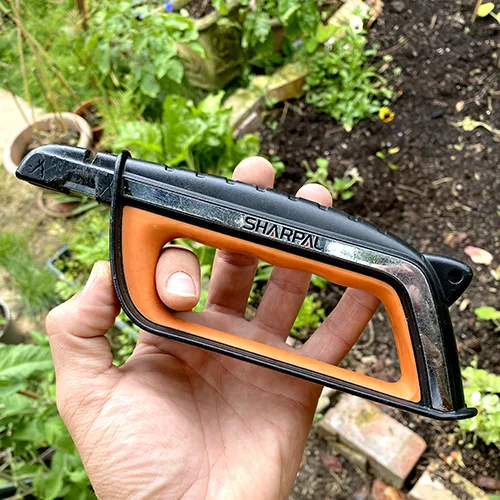
4. Garden Blade Sharpener
Keeping your rose pruning tools sharp makes all the difference. A quick touch-up with a blade sharpener ensures cleaner cuts, faster healing, and less stress on the plant.
Recommended: Portable Garden Blade Sharpener — small, reliable, and easy to carry in your tool bag.
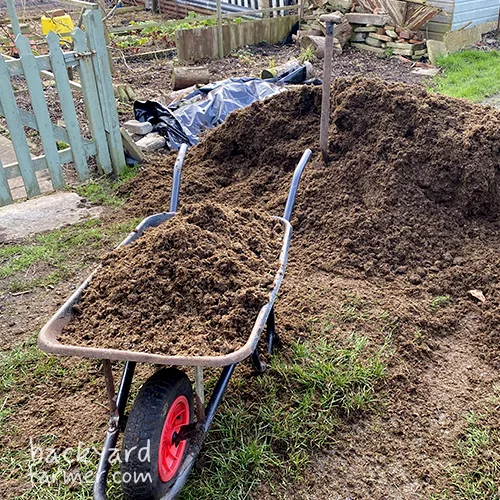
5. Mulch and Rose Fertiliser (For Aftercare)
Okay, technically not pruning tools — but essential for post-pruning rose care. After cutting back your rose bush, adding mulch and fertiliser helps the plant recover and thrive.
Tip: Use compost, well-rotted manure, or leaf mould for mulching. For fertiliser, go with a potash-rich rose feed like Verve Rose & Shrub Feed to support flower production.
Always clean and disinfect your pruning tools before and after use — especially if you’re moving between different rose plants. This simple step prevents the spread of fungal diseases and keeps your garden in good health.
When to Prune Roses in the UK (Seasonal Guide)
Knowing the best time to prune roses in the UK can be the difference between a summer full of flowers and a rose bush that struggles to bloom. Timing is key — and getting it right helps your plants grow stronger, healthier, and more vibrant.

Best Time to Prune Roses: Late Winter (January–March)
For most UK gardeners, the ideal time to prune roses is late winter, between late January and early March. This is when the rose plant is still dormant but just about ready to wake up. Pruning during this window encourages new shoots, strengthens the rose bush, and sets the stage for a spectacular display of blooms.
Tip: If you’re gardening in colder UK regions, it’s wise to wait a bit longer. Pruning too early could expose tender new growth to damaging frost.
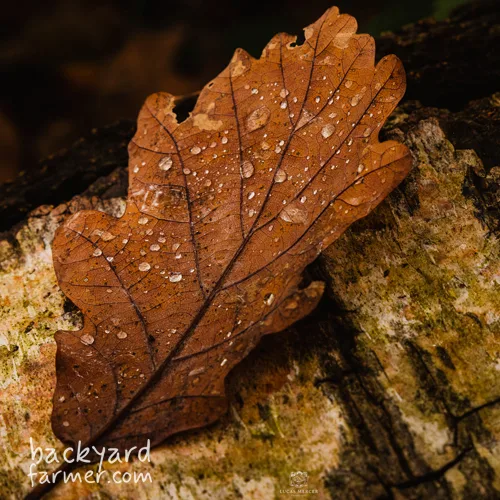
Why You Shouldn’t Prune Roses in Autumn
While it might feel tidy to cut back your rose bushes in autumn, it can backfire. Heavy autumn pruning may trigger premature growth, which is vulnerable to frost damage during winter. For healthy roses, stick to late winter for pruning.
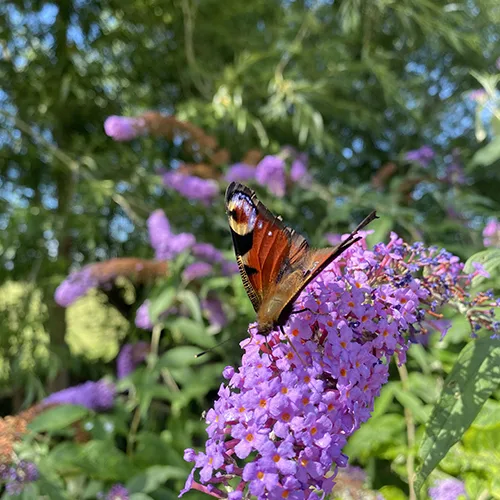
Is Spring Too Late to Prune Roses?
Missed the winter window? No stress. You can still do a light prune in spring, especially if your rose plant needs a little shaping. Just avoid heavy pruning once buds are swelling — cutting back too much at this stage can delay blooming.
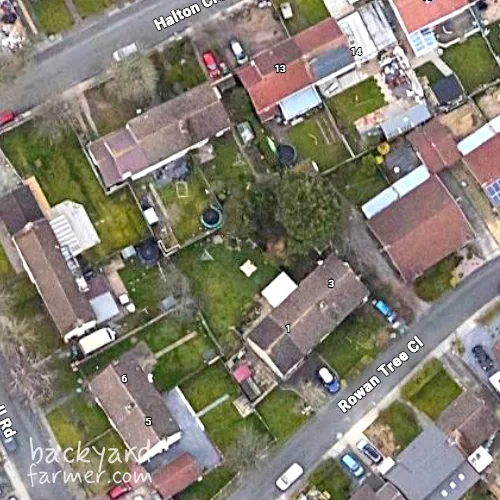
Regional Guide to Rose Pruning in the UK
- South of England: Prune roses from late January
- Midlands & North: Aim for late February to early March
- Scotland & Highlands: Best to wait until mid-March for pruning roses safely
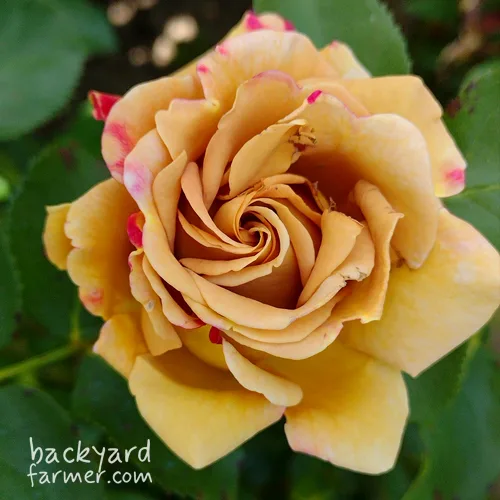
Ideal Conditions for Pruning Roses
Always choose a dry day when pruning roses. Wet weather can cause moisture to seep into fresh cuts, increasing the risk of rot and fungal disease. Clean tools also help keep your rose bushes disease-free.
Prune at the right time and your roses will reward you with stronger growth, more flowers, and a stunning garden show come summer.
When Is It Too Late to Prune Roses?
Wondering when it’s too late to prune roses? You’re not the only one. Missing the winter pruning window happens — and while it’s not ideal, your roses can still bounce back if you take the right steps.
Too Late: After New Growth Appears
Once your rose bush starts pushing out new shoots — usually from late March onwards in the UK — it’s best to avoid hard pruning. Cutting back too much at this stage can:
- Remove developing flower buds
- Shock the rose plant during its growth spurt
- Reduce flowering and weaken overall performance
Forgot to Prune Roses? Here’s What to Do
If spring has arrived and your rose bush still hasn’t been pruned, don’t worry. Skip the hard prune and instead:
- Remove any dead, damaged, or crossing stems
- Do a light tidy-up and wait until next winter for a full cut-back
This gentle approach will still help with airflow and plant health, without compromising this year’s blooms.
Can You Prune Roses in Spring or Summer?
Sometimes pruning roses later in the season is unavoidable — especially if weather or time got the better of you. In that case, emergency pruning is fine. Focus only on:
- Dead or diseased wood
- Tangled stems that rub or crowd the centre
Avoid reshaping or heavy cutting — let your rose bush ride out the season, and plan a proper prune in winter.
Tip: If your rose plant had weak growth or poor flowering last year, pencil in a hard prune next winter to give it a healthy reset.
Quick Guide to When You Can Prune Roses
| Time of Year | Can You Prune? | Type of Pruning |
|---|---|---|
| Jan–Mar (dormant) | Yes | Full prune |
| Late Mar–Apr (buds swell) | With care | Light tidy only |
| May–Aug (active growth) | Not ideal | Emergency cuts only |
| Sep–Dec (post-bloom) | Avoid heavy cuts | Deadheading if needed |
Understanding when it’s too late to prune roses — and what to do instead — is just as important as knowing how to prune properly. With a little patience and the right approach, your rose plant can still thrive and bloom beautifully.
When to Prune Climbing Roses in the UK
Climbing roses bring height, fragrance, and a real sense of romance to the garden — but they do need a different pruning schedule compared to bush roses. If you’re wondering when to prune climbing roses in the UK, or how to shape them for the best flowering, this section has you covered.
Best Time to Prune Climbing Roses
- Main prune: Late summer to early autumn (August–October), after flowering finishes
- Light tidy-up: Late winter (February–March) — remove damaged or diseased stems, but avoid hard pruning
Timing is everything. Most climbing rose varieties flower on old wood — stems produced the previous year. Pruning roses at the wrong time, like during winter, could cut off future blooms.
Why Prune Climbing Roses After Flowering?
Climbing roses bloom on last year’s growth, so pruning them heavily in winter risks removing the very stems that would flower next summer. By cutting back after flowering, you encourage fresh growth and preserve those vital shoots for the following season.
How to Prune Climbing Roses (Step-by-Step)
- Cut back spent flowering stems to just above a strong bud (about 2–3 buds from the main framework)
- Remove old, unproductive canes to open up the plant
- Train strong new shoots horizontally to encourage more flowers
- Clear away weak, crossing, or diseased stems to improve airflow
Tip: Horizontal stems = more flowers. Shape your climbing rose like a fan to get the most from every shoot.
Train and Shape for Better Rose Blooms
The goal is to build a strong, open structure — a permanent framework of healthy canes that support plenty of flowering side shoots. Use soft garden ties to gently secure the canes to fences, trellises, or arches without damaging the stems.
Finish with Clean-Up and Aftercare
Always prune climbing roses on a dry day, and clean your tools between plants to avoid spreading disease. Afterwards:
- Remove all old leaves and clippings
- Add a mulch layer to protect the roots
- Feed with a rose fertiliser high in potash to support strong regrowth
Following the right pruning schedule for climbing roses gives you better structure, healthier growth, and bigger blooms — year after year.
When to Hard Prune Roses and Why It Matters
Sometimes a light trim just won’t cut it. If your rose bush looks tired, leggy, or hasn’t bloomed properly in years, it might be time for a fresh start — and that’s where a hard prune comes in. Knowing when to hard prune roses and how to do it right can completely turn things around.
What Is Hard Pruning?
Hard pruning means cutting your rose bush back quite drastically — often down to just three to five strong, healthy canes near the base. It may seem a bit brutal, but this reset pushes the rose plant to redirect energy into fresh, vigorous growth.
When Should You Hard Prune Roses?
- Best time to hard prune roses: Late winter (usually February to early March) in the UK
- Make sure the rose is still dormant — no signs of new shoots yet
- Only hard prune when needed — this isn’t a yearly routine for most roses
Timing matters. Pruning too early can expose new growth to frost damage, while pruning too late can reduce flowering.
Signs Your Rose Bush Needs a Hard Prune
- Sparse flowering or no rose blooms last summer
- Weak, spindly stems taking over
- Overgrown or straggly shape
- Congested centre with poor airflow
- Ongoing issues with pests or disease
If your rose plant ticks any of these boxes, it’s likely overdue for a hard prune.
How to Hard Prune a Rose Bush (Step-by-Step)
- Remove dead, damaged, or diseased wood first
- Cut remaining stems back hard — about 15–30 cm (6–12 inches) from the base, just above an outward-facing bud
- Keep only three to five of the strongest canes to form a solid framework
- Disinfect tools before and after, and dispose of all cuttings
Tip: Wait to fertilise until new growth appears — feeding too soon can stress a freshly pruned rose plant.
What Happens After Hard Pruning Roses?
- You might see fewer flowers the first season, but stronger shoots will follow
- By the second year, expect healthier, more balanced growth
- Long-term, your rose bush will be more productive and easier to manage
Hard pruning might look extreme, but it often gives tired roses a fresh start. When done correctly, it’s a powerful way to encourage healthier plants and better blooms.
If you’re unsure whether to cut your roses back hard, look at the health and shape of the bush — the signs usually speak for themselves. And when in doubt, trust the late-winter timing and give your roses the reset they deserve.
How to Cut Back Roses Safely
Cutting back roses isn’t just about tidying up — it’s a key part of rose care that affects everything from plant health to bloom quality. When done right, it supports strong growth, boosts flowering, and helps prevent disease. Whether you’re pruning shrub roses or hybrid tea roses, learning how to cut back roses properly makes a noticeable difference.
Step 1: Identify What Needs Removing
Before you start pruning roses, take a moment to assess the plant and identify stems that need removing:
- Dead wood: Feels brittle, looks dark brown or black. Scratch the bark — if it’s brown underneath, it’s dead.
- Diseased stems: Black spots, cracked bark, or signs of dieback often indicate infection.
- Crossing or rubbing canes: These create wounds and allow pests or diseases to enter the rose bush.
- Weak or thin stems: These rarely produce good blooms and drain energy from the plant.
Start with the obvious issues — this creates space and gives your rose bush a cleaner structure to build from.
Step 2: Pick the Right Bud
Always cut just above an outward-facing bud, about 1/4 inch up. This directs new growth away from the centre, helping the rose bush form an open shape with better airflow — key for preventing mildew and other fungal issues.
Choosing the right bud is essential for shaping your rose and encouraging strong outward growth.
Step 3: Cut at the Correct Angle
Make a 45° angled cut, sloping away from the bud. This technique helps water run off cleanly, reducing the chance of rot and infection.
Angled cuts protect your rose plant from moisture-related diseases and promote faster healing.
Step 4: Choose How Much to Cut
How much to cut depends on your rose plant’s condition:
- Routine rose pruning? Trim stems by one-third to one-half
- Overgrown rose bush? Go harder — leave only 3 to 5 strong canes
Most rose varieties, including hybrid teas, floribundas, and shrub roses, respond well to this approach.
Step 5: Clean and Disinfect Your Tools
Disinfect pruning tools before and after use — especially between different rose plants. This prevents the spread of rose diseases like black spot or canker.
Clean tools = healthy roses. Don’t skip this step — it’s a small habit that makes a big difference.
Pro Tips for Cutting Back Roses
- Always prune on a dry day to reduce the risk of infection
- Clear away all clippings to keep the area around your rose bush clean
Knowing how to cut back roses safely sets the stage for a lush, vibrant display. It’s a simple skill with a big payoff — one that supports the health and beauty of every rose plant you grow.
How to Prune Roses (Step-by-Step)
Whether you’re brand new to rose care or have been gardening for years, having a reliable rose pruning routine makes all the difference. Done right, pruning helps your rose plant stay healthy, neat, and bursting with blooms.
What You’ll Need
- Clean, sharp secateurs (preferably bypass-style)
- Thornproof gardening gloves
- Pruning saw (for thicker or woody canes)
- Disinfectant or alcohol wipes
Step-by-Step Guide to Pruning Roses
Step 1: Assess the Rose Bush
Before pruning roses, step back and evaluate the shape and condition of your rose bush. Look for dead stems, tangled growth, or any signs of disease. A quick visual inspection helps you prune more confidently and effectively.
Step 2: Remove Dead, Damaged, or Diseased Wood
Cut away anything that looks unhealthy. Dead wood is brittle and dark, while diseased stems might be blackened or cracked. Removing these helps protect the rose plant from fungal infections and pests.
Step 3: Cut to an Outward-Facing Bud
Trim each healthy cane just above an outward-facing bud, about 1/4 inch above. Always cut at a 45° angle, sloping away from the bud. This method encourages outward growth and prevents water from settling on the cut.
Step 4: Open the Centre of the Plant
Proper rose pruning improves airflow. Remove any stems that grow inward toward the centre. Aim to shape your rose bush like a goblet — this helps reduce disease and promotes healthier flowering.
Step 5: Shorten the Main Stems
Adjust your pruning based on the type of rose:
- Shrub roses: Cut back by one-third to one-half
- Hybrid teas and floribundas: Prune more deeply to encourage vigorous blooms
Shortening stems encourages new growth and enhances flowering potential.
Step 6: Clear Away Pruned Material
Keep the area around your rose plant clean. Clearing away clippings reduces the risk of pests and disease spreading.
Step 7: Clean Tools Between Plants
Disinfect your pruning tools after each plant. This prevents the spread of diseases like black spot or rose rust, especially when cutting back multiple bushes.
Aftercare Tip
After pruning, mulch around the base of your rose bush with compost or well-rotted manure. This boosts soil health and supports strong regrowth.
Once you understand how to prune roses properly, it becomes a natural part of your garden routine. Regular pruning encourages healthier plants, more blooms, and a thriving rose garden all season long.
After Pruning Roses: Mulching Tips
Pruning sets the stage — but it’s mulching roses that helps them bounce back and thrive. Once you’ve finished pruning your rose bushes, it’s time to boost soil health, conserve moisture, and suppress weeds — all with one simple step.
Why Mulch After Pruning?
- Feeds the soil: Organic mulches break down over time, slowly releasing nutrients that support rose plant growth
- Retains moisture: Helps keep the soil damp — ideal for dry spring weather
- Suppresses weeds: Reduces competition so your roses can flourish
- Protects roots: Acts as insulation during temperature swings in early spring
Adding mulch after pruning roses is one of the easiest ways to encourage healthier, stronger plants.
Best Mulch Options for Roses
- Compost or well-rotted manure: These are the top picks — nutrient-rich and perfect for boosting flowering
- Leaf mould: Great for improving soil structure and encouraging microbial activity
- Straw or bark chips: Not as rich in nutrients, but excellent for water retention and weed control
Tip: Don’t pile mulch directly against the rose stems — leave a gap around the base to avoid rot and fungal problems.
How to Mulch Roses the Right Way
Step 1: Clear Away Debris
Remove old leaves, weeds, and leftover prunings from around your rose bush.
Step 2: Loosen the Soil
Use a garden fork to break up the top layer of soil. This helps water and nutrients soak in more easily.
Step 3: Apply Mulch
Spread a 5–8 cm (2–3 inch) layer of mulch in a ring around the base of the rose plant — but avoid direct contact with the stems.
Step 4: Water Lightly
If the soil is dry, give it a light watering. This helps the mulch settle and start working its magic.
Bonus Boost: Add Worm Castings
For an extra nutrient punch, sprinkle in some worm castings before mulching. These natural boosters are packed with beneficial microbes and nutrients that encourage faster recovery and vigorous growth. Mulching roses after pruning isn’t just a finishing touch — it’s a key part of rose care that supports a full season of strong growth and vibrant blooms.
Learn more: Worm Castings – Nature’s Ultimate Organic Fertiliser
Rose Fertiliser Tips
Once your roses are pruned and mulched, it’s time to fuel them up. The right rose fertiliser at the right time can mean the difference between a few flowers and a full-blown summer show. Feeding helps your rose plants bounce back and bloom beautifully.
Why Fertilise Roses After Pruning?
- Kickstarts new growth after the winter reset
- Boosts flower production for a colourful summer
- Strengthens roots and helps the plant resist disease
Roses are heavy feeders. After pruning resets their energy, applying rose feed helps them recover and thrive quickly.
When to Feed Your Roses
- Apply your first rose fertiliser after pruning, once new shoots appear
- Reapply every 4–6 weeks during the growing season (check your feed label for exact timings)
Hard-pruned your rose bush? Wait until fresh growth shows — fertilising too soon can cause stress.
What Nutrients Do Roses Need?
Choose a balanced rose fertiliser that includes:
- Nitrogen (N): Fuels green leafy growth
- Phosphorus (P): Supports root strength and flower formation
- Potassium (K): Boosts overall health and disease resistance
Most rose varieties thrive on a high-potash feed, which encourages bigger, longer-lasting blooms.
Recommended Rose Feed
Verve Rose & Shrub Feed
- High in potash — ideal for flower-rich growth
- Slow-release nutrients for consistent feeding
- Easy to scatter around the base after mulching roses
Avoid high-nitrogen fertilisers like lawn feed — they’ll encourage leafy growth but reduce blooming potential.
By using the right rose feed at the right time, you’re setting your rose bushes up for a strong growing season — one filled with vibrant blooms from summer through autumn.
Frequently Asked Questions
If your rose plant has already started putting out new growth — typically from late March onwards in the UK — it’s best to avoid heavy rose pruning. Cutting back too late can remove developing buds and set the plant back. Instead, stick to light tidying and save major pruning for next winter.
Yes, but keep it minimal. Spring rose care means removing dead, damaged, or diseased stems. Avoid reshaping or cutting heavily once buds begin to swell or open. A gentle tidy-up is all that’s needed at this stage.
Prune climbing roses in late summer to early autumn, just after flowering. Cut back faded blooms, tie in strong new shoots horizontally to promote flowering, and remove any weak or dead stems. Skip hard winter pruning — it can reduce next year’s flower display.
Unpruned rose bushes can become leggy, congested, and more vulnerable to pests and disease. You may see fewer flowers and more tangled, woody growth. Regular pruning encourages better airflow, healthier plants, and more blooms.
Yes — but timing matters. After pruning, wait until you spot new shoots before applying rose fertiliser. Feeding too soon, especially after a hard prune, can stress the plant. Choose a high-potash rose feed to support blooming and plant strength.
Absolutely! Compost improves soil texture and retains moisture, while worm castings offer a natural nutrient boost full of beneficial microbes. Both are excellent mulching choices for rose care after pruning.
Conclusion
Pruning your roses at the right time — and with the right approach — sets them up for a strong, flower-filled season. In the UK, late winter is the ideal time to prune most types, while climbing roses benefit from a tidy-up after blooming in late summer.
By following the simple rose pruning techniques we’ve covered — from knowing where to cut, to mulching and feeding afterwards — you’ll help your rose bushes thrive: healthy, tidy, and ready to explode with colour all summer long.
Key Takeaways
- Prune in late winter before new growth starts
- Use clean, sharp tools and wear gloves for safety
- Cut above outward-facing buds at a 45° angle
- Open up the centre to improve airflow and remove weak or dead wood
- Mulch and feed after pruning to support recovery and blooming
Your roses will thank you — and so will your garden.





